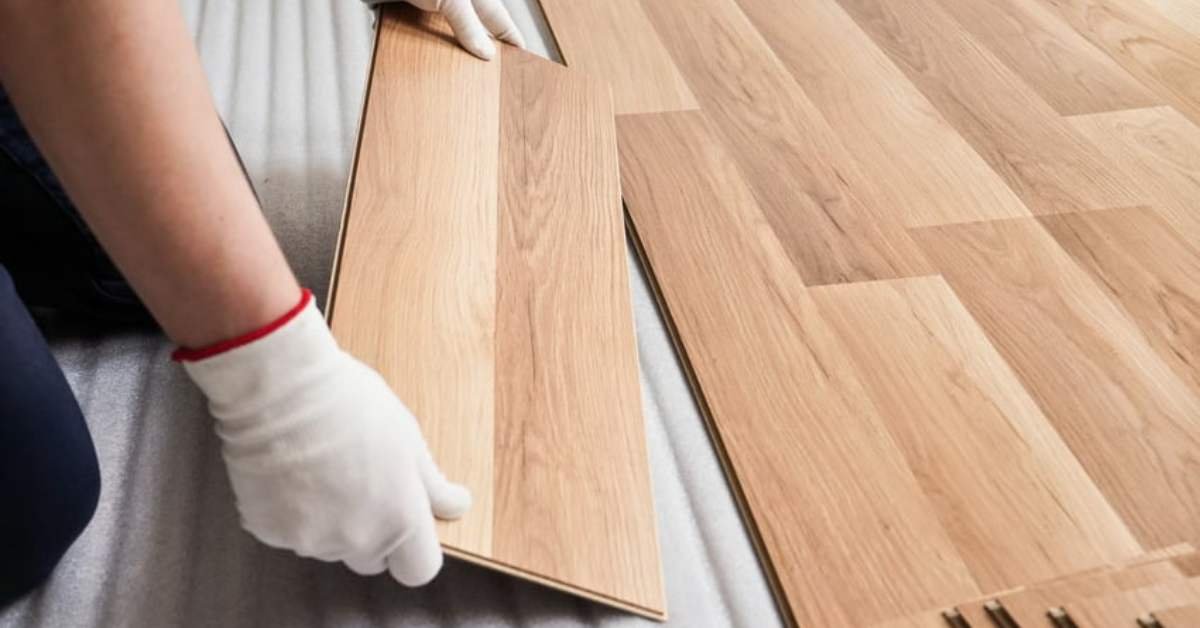The acoustic properties of a room’s flooring can serve both as a source of sound and as a conduit for the transmission of noise into adjacent spaces. The endeavor of soundproofing a floor presents a nuanced challenge, often arising after the floor has already been installed. Here, we offer a set of expert guidelines to consider prior to embarking on your next soundproofing project.
Begin by discerning the specific type of noise that necessitates mitigation, as floor soundproofing pertains to two distinct categories: impact noise and airborne noise.
Impact noise emanates from activities like foot traffic or objects being dropped onto the floor, resulting in vibrations that propagate through the flooring, into the structural joists, and subsequently infiltrate the room below. These vibrations are then amplified, akin to the principle behind the transmission of sound through two tin cans connected by a string.
The Remedial Approach:
To address impact noise, consider the application of an acoustical floor underlayment. This specialized material furnishes a resilient layer within the flooring assembly, effectively diminishing vibration-related noise. The selection of underlayment thickness should align with the anticipated noise levels and construction constraints. This versatile solution can be seamlessly integrated beneath various flooring types, including hardwood, laminate, ceramic, vinyl plank, and more. Reputable sources such as Home Depot or an online search for “Acoustical Floor Underlayment” can yield suitable options.
Additionally, the incorporation of Green Glue Noiseproofing Compound between layers of plywood in the floor underlayment can further mitigate sound transmission through walls or ceilings, reducing the noise generated by impacts on the floor.
What Constitutes Airborne Noise?
Airborne noise encompasses sound that travels through the air, encompassing activities such as conversations, radio broadcasts, or television audio. Any sound within a room that is not effectively absorbed will contribute to heightened levels of airborne noise.
The Remedial Approach:
To combat airborne noise, it is imperative to impede its transmission. Analogous to the strategy employed in soundproofing walls, augmenting the flooring with sound-blocking materials can effectively curtail the passage of sound. Insulation should be introduced between the structural joists beneath the floor, occupying the void and attenuating noise in expansive joist cavities. Opt for acoustic-absorptive insulation materials renowned for their effectiveness, such as stone wool or mineral wool. These insulators offer commendable R-values while delivering substantial sound-blocking capabilities.
An often overlooked aspect is the soundproofing potential of various types of flooring, including hardwood, laminate, ceramic, or carpet. The intricacy of installation varies contingent upon the chosen flooring type.
The acoustics of both the room and the flooring material should not be underestimated. Incorporating acoustically efficient materials is a prudent strategy to forestall sound propagation between adjoining rooms. Should you require further guidance on achieving an impeccable soundproof floor, please do not hesitate to contact us at info@soundacousticsolutions.com. We are always eager to provide expert assistance.

